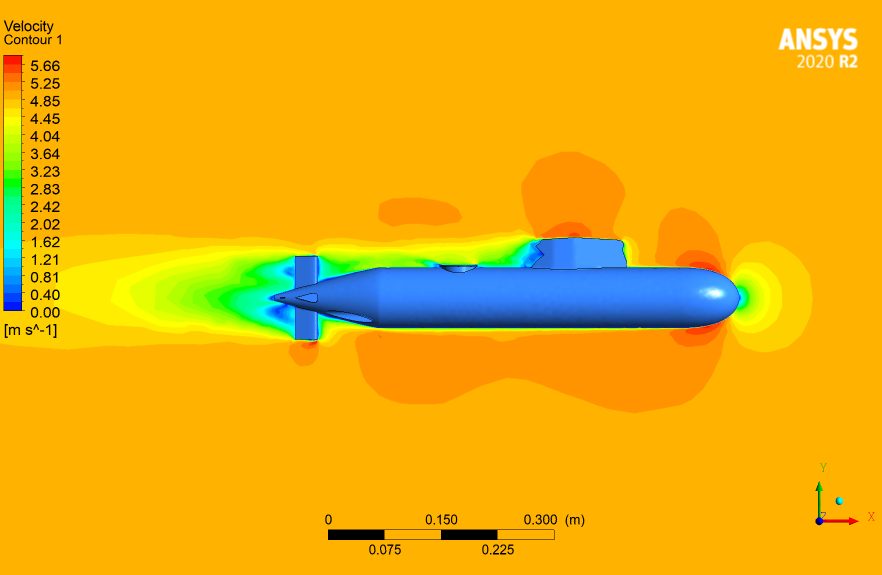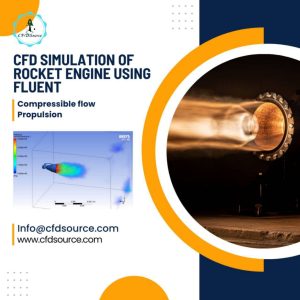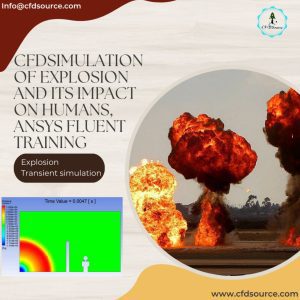ANSYS Fluent examples: In the field of Computational Fluid Dynamics (CFD), ANSYS Fluent is known as a transformative and effective factor. This introduction sets the scene by providing a brief overview of ANSYS Fluent and highlighting the important role of examples in understanding its complex applications. As engineers and researchers increasingly turn to simulation software for various mechanical applications, a thorough understanding of ANSYS Fluent is essential. The purpose of presenting this introduction is to draw the reader’s attention and not only implies the importance of the software, but also implies the key role that practical examples play in explaining its complexities. At the end of this article, readers are expected to discover and reveal the subtle and fascinating world of ANSYS Fluent through reflection and exploration in real-world examples.

Understanding ANSYS Fluent
Delving further into the deep world of this article, the Understanding ANSYS Fluent section provides an extensive survey of the software’s capabilities. ANSYS Fluent is not just a tool, but an efficient platform for simulating fluid flow, heat transfer and related phenomena. This section describes the features that set ANSYS Fluent apart from the rest and make it a first choice among many industries in this field. From the user-friendly user interface to the intricate details of its simulation algorithms, readers will find reasons why ANSYS Fluent dominates CFD. At the end of this section, the reader should have a basic and correct understanding of ANSYS Fluent’s capabilities and its potential to revolutionize the field of simulation.
Why Examples Matter
With a seamless transition, this article addresses the fundamental issue of why examples are important in the context of ANSYS Fluent. While experiential knowledge creates this context, application and practical knowledge through examples is like a bridge between understanding and skill. In this section, we discuss the educational value of examples, and this article continues on their role in simplifying concepts that are complex. Are, he emphasizes.
Real-world scenarios analyzed and explored by ANSYS Fluent are understood through understandable examples, providing readers with an engaging and relevant learning experience. At the end of this section, the reader is expected to understand the symbiotic relationship between examples and practice and understand the important and practical role that examples play in mastering and learning ANSYS Fluent.
Setting Up Your First Simulation
The Getting Started section is the first step in the simulation that takes readers on a hands-on journey, revealing the basics of how to work with ANSYS Fluent. Navigating a simulation software can seem difficult and intimidating, especially for beginners, and the purpose of this upcoming section is to alleviate any trepidation faced. A step-by-step guide ensures readers can start their first simulation with confidence.
From understanding the user interface to configuring basic parameters, users are empowered to begin their ANSYS Fluent journey in a big way. Empirical evidence aids and comprehensible explanations are present at each stage, creating a user-friendly atmosphere that increases the user’s motivation for practical research. Now at the end of this section, readers, especially those new to ANSYS Fluent, should feel motivated and encouraged to effectively launch their initial simulations and move toward larger goals.
Basic Fluid Flow Simulations
Entering the realm of ANSYS Fluent capabilities, the Basic Fluid Flow Simulation section serves as the foundation for understanding the basic applications of the software. Fluid dynamics is one of the main and fixed principles of countless engineering disciplines, and ANSYS Fluent is very effective in launching and highlighting these complex phenomena through simulation. This section introduces readers to the fundamentals of fluid flow simulation, from the Navier-Stokes equations to complex meshing surfaces.
Using an informative level, readers are guided through real-world examples that demonstrate empirical evidence of fluid dynamics simulations using ANSYS Fluent. Whether it is understanding the behaviour of fluids in a pipeline or predicting aerodynamic forces on an object, the clear explanations provided in this section will provide readers with a thorough understanding of ANSYS Fluent’s capabilities in managing basic fluid flow simulations.
Heat Transfer Simulations
Moving beyond fluid dynamics, the Heat Transfer Simulations section also examines the thermal aspects that ANSYS Fluent applies to simulations. Heat transfer is very important and necessary in various industries, from electronics to manufacturing. ANSYS Fluent facilitates the analysis of heat exchange scenarios accurately and well. In this section, the complexities of simulating heat transfer, conduction, convection and radiation are discussed. Its real-world applications, such as thermal management in electronic devices or optimization of industrial processes, are illustrated through examples and theories. At the end of this section, dear readers will appreciate the role of ANSYS Fluent in predicting and optimizing its performance in heat transfer scenarios, which is critical for engineers and researchers working on thermal challenges in various fields.
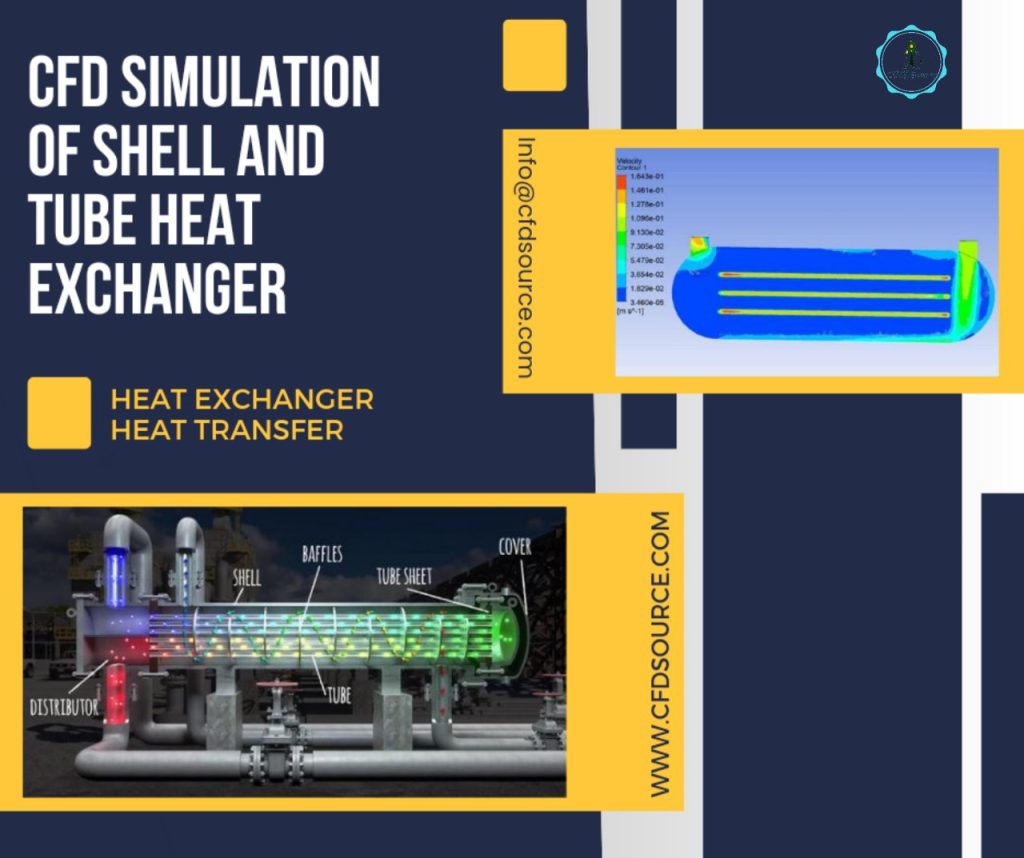
Combustion Modeling
Moving to a more complex level, the Combustion Modeling section demonstrates ANSYS Fluent’s skill in managing and controlling complex chemical reactions and heat release phenomena. Combustion is a very widely used process in various industries, from energy production to propulsion systems. ANSYS Fluent enables users to simulate and analyse combustion scenarios with extreme accuracy.
This section provides an overview of the principles of combustion modeling, from defining reactants to understanding how a flame propagates. Real-world examples, such as combustion in internal combustion engines or industrial burners, demonstrate theoretical concepts experimentally. By the end of this section, readers should have an understanding of the extensive capabilities of ANSYS Fluent in dealing with the challenges that arise from combustion modeling.
Multiphase Flow Simulations
Entering the multifaceted world of multiphase flow simulations, this section explores ANSYS Fluent’s ability to simulate scenarios involving liquids, gases, and solids simultaneously. Many real-world processes involve multiple phases working together, and ANSYS Fluent provides a powerful platform for understanding how it works and predicting these complex phenomena. Readers are introduced to the principles of multiphase flow, from the basics of Eulerian and Lagrangian approaches to the modeling of interphase interactions.
Real-world examples, such as sediment transport in rivers or the behavior of gas-liquid mixtures in pipelines, provide a scientific perspective on multiphase flow simulation applications. At the end of this section, readers are expected to understand the versatility and flexibility of ANSYS Fluent in handling the challenges we face in multiphase systems in various industries.
Turbulence Modeling
Moving through the intricacies of fluid dynamics, the modeling section illustrates the critical role ANSYS Fluent plays in understanding and simulating turbulent flows. Turbulence, characterized by chaotic and unpredictable fluid motion, is a pervasive yet challenging aspect of fluid dynamics. ANSYS Fluent excels in providing advanced turbulence modeling capabilities, enabling engineers and researchers to gain useful insight into the complex behaviour of turbulent flows. Industrial is paid.
Through ANSYS Fluent examples, readers are guided through the process of setting up simulations that accurately capture the behaviour of turbulent phenomena. Real-world scenarios such as air flow around an airplane wing or turbulent mixing in chemical reactors are common examples and provide a good understanding of ANSYS Fluent’s capabilities in managing turbulence modeling.

Coupled Physics Simulations
The real world rarely presents discrete phenomena, and the Coupled Physics Simulations section looks at how ANSYS Fluent deals with complex coupled physical processes. ANSYS Fluent goes beyond previous simulations and allows users to model and investigate the coupling of various physics phenomena, such as fluid flow with heat transfer or chemical reactions. In this section, readers are introduced to the concept of coupled physics simulations. And provides detailed and complete examples that demonstrate the software’s capacity to simulate processes between multiple physical phenomena.
Real-world scenarios, such as the heating of a solid body in a moving fluid or the combustion of a fuel mixture, demonstrate the versatility of ANSYS Fluent in handling this system between different physical aspects. By the end of this section, readers should now be aware of the power of ANSYS Fluent in providing a comprehensive approach to simulation, which is very important for understanding complex real-world scenarios.

Optimizing Simulations
Examples from ANSYS Fluent: Productivity is important in the world of simulation, and the Optimization of Simulations section provides important solutions for getting the most out of ANSYS Fluent. From mesh optimization to solver settings, this part of the system provides effective tips and tricks for users to increase the performance and accuracy of their simulations. ANSYS Fluent provides many options for customization, and it is important to understand how to optimize these settings to achieve reliable and reliable results.
Through the detailed and complete examples provided, readers will obtain guidance and guidelines for optimizing simulations for various scenarios and be assured that computational resources will be used efficiently. In addition to enabling users to use the software more efficiently, this section also demonstrates the importance of careful optimization in achieving reliable and timely simulation results. By the end of this section, readers should feel that they have the ability to fine-tune their simulations for proper performance, balancing accuracy and efficiency.
Common Challenges and Solutions
There is no software that does not face challenges, and here the Common Challenges and Solutions section addresses obstacles that users may encounter in their ANSYS Fluent simulation processes. There are various issues, from meshing issues to convergence issues. This section provides practical solutions to common challenges in the process and provides a smoother simulation experience. Through real-world examples, readers gain new perspectives on troubleshooting techniques, empowering them to overcome challenges independently.
Being accurate and building confidence in addressing common challenges also builds trust among users and reassures them that the problems they encounter during the simulation process are completely normal and a natural part of the process. Here we come to the end of this section, and readers are expected not only to be aware of the challenges of this path, but also to be equipped with their effective and practical solutions and to improve their general skills in this field.
Advanced Applications
Entering the realm of ANSYS Fluent, which has more complexity, the Advanced Applications section demonstrates the capacity and ability of this software to solve complex challenges that exist in various industries. ANSYS Fluent is not just a tool for basic-level simulations. This program responds to all kinds of complexities related to specific applications in aerospace, automotive, energy, etc. This section looks at specific industry examples and shows how ANSYS Fluent can play an essential and efficient role in solving those engineering problems that are advanced.
There are many examples, from optimizing the aerodynamics of an airplane wing to simulating combustion processes. With one powerful engine, readers are guided through a diverse range of applications. Through these examples, the purpose of this section is to make users understand the depth of ANSYS Fluent’s capabilities, emphasizing its efficiency to meet the needs of advanced engineering challenges.
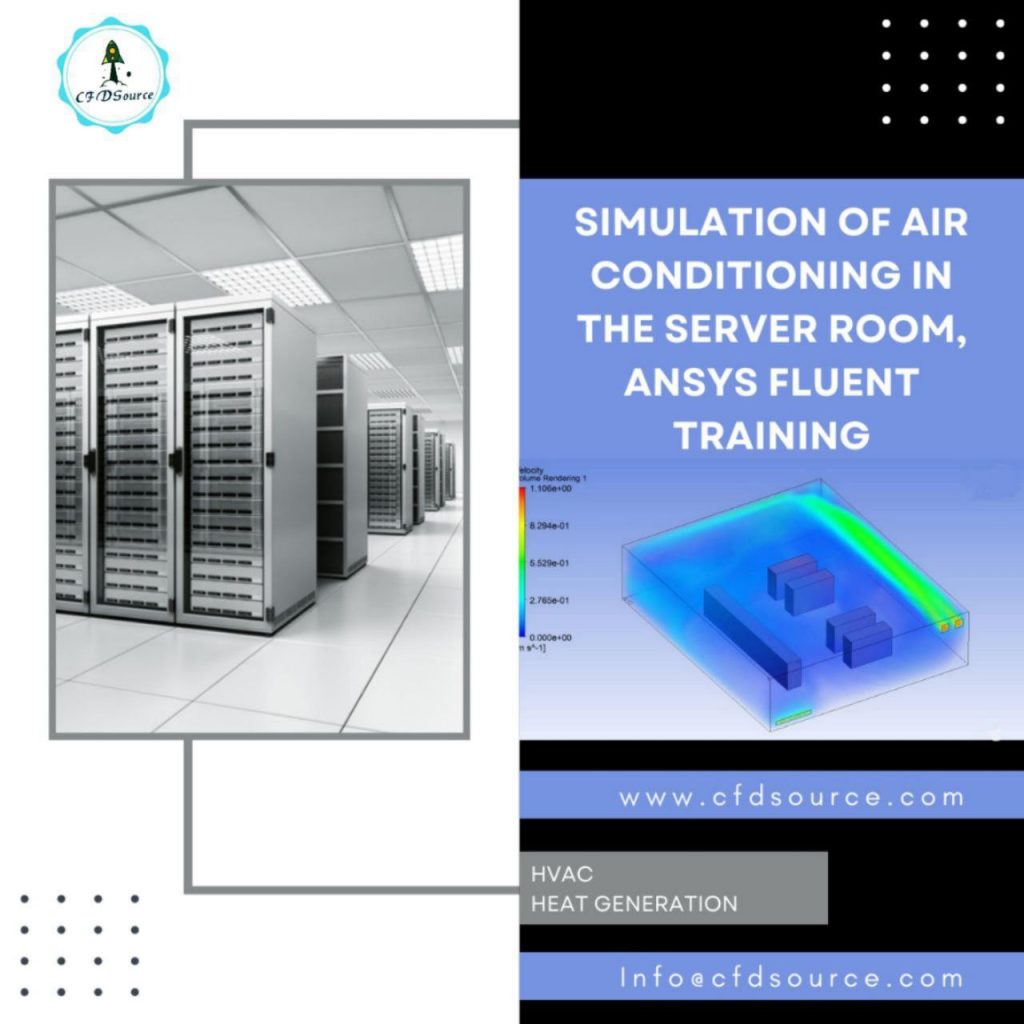
Future Trends in CFD and ANSYS Fluent
Looking at the high levels of computational fluid dynamics (CFD), the upcoming section on future evolutions and navigation explores how ANSYS Fluent is at the heart of emerging technologies. As industries progress, the industry demand for more sophisticated simulation tools to meet more complex needs also increases. ANSYS Fluent continues to adapt and unify artificial intelligence, automation, and other advanced technologies.
This section provides readers with an overview of future trends in CFD and how ANSYS Fluent will be shaped by these developments. Ranging from productivity enhancements from machine learning algorithms for faster simulation to virtual reality integration for immersive analysis of these topics, readers get a glimpse of the exciting possibilities at higher levels that will be accessible. By the end of this section, readers should be equipped with a forward-looking perspective and an understanding of how ANSYS Fluent remains a dynamic and efficient force in the ever-evolving industry of computational fluid dynamics.
Conclusion
ANSYS Fluent examples: Ending this useful journey, the conclusion presented at the end captures the general nature of the paper and emphasizes the importance of ANSYS Fluent examples in the field of simulation. It serves as a summary of the software’s versatility, from basic fluid flow simulations to addressing advanced challenges faced by this and other industries. The importance of practical examples is emphasized, along with the features that users like in ANSYS Fluent. Readers are encouraged to further explore and apply ANSYS Fluent in their respective fields using the knowledge gained through this article. The conclusion serves as an incentive to act on what has been learned and invites readers to embark on their own simulation adventures, armed with the actionable insights and understanding gained throughout this paper.
